7:00AM to 5:00PM

Outdoor drains are essential for properly channelling water away from homes and other structures. However, if not correctly maintained, debris can accumulate and clog these drainage systems over time. Blockages in an outside drain pose several problems if not addressed. Stagnant water in clogged drains is unsanitary and can become breeding grounds for mosquitoes and other pests.
Blocked drains also undermine the functionality of the entire drainage system by preventing water from flowing through, which can lead to flooding or water damage to surrounding areas. There are various steps homeowners can take to both prevent future blockages from occurring and clear any existing clogs to unblock drains or unblock a drain outside.
Regular maintenance, such as cleaning debris from drains, is critical to avoiding build-up that can cause restrictions. Homeowners should also be aware of potential sources of debris that drain into outdoor drains, like leaves, mulch, and dirt. Taking proactive measures and performing routine maintenance and cleanings can help outdoor drainage systems function optimally and prevent costly issues down the road.
Different tools and methods, such as using a DIY drain snake, can effectively remove obstructions and restore normal water flow when blockages happen.
Fallen leaves accumulate in drains each fall and, left to decompose, can eventually compact into solid clogs that stop water flow entirely. Soil and mulch that washes into drains from surrounding landscaped areas also contribute to blockages over time.
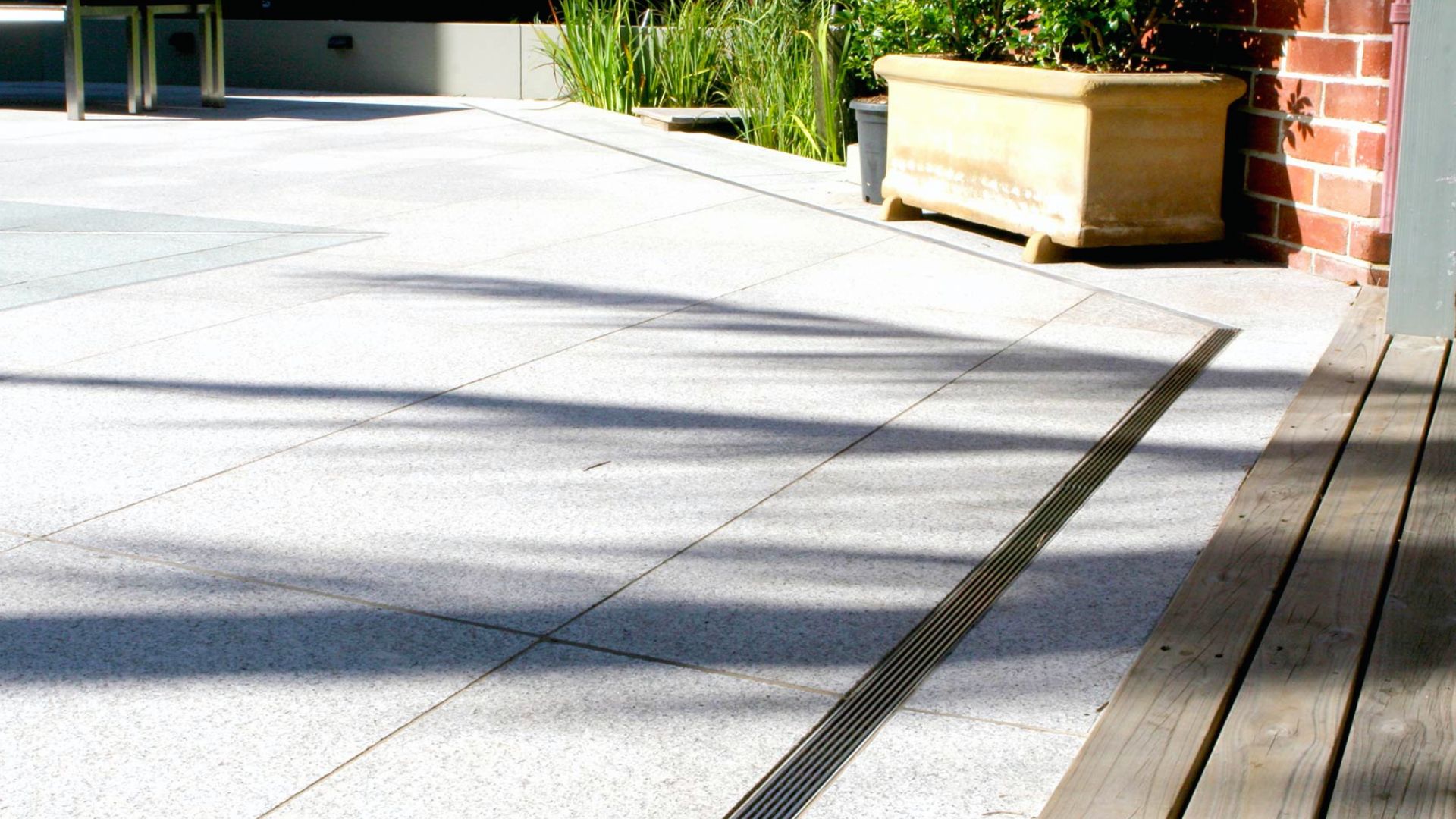
Garden debris like grass clippings, sticks, and other yard waste often inadvertently ends up in drains, where it collects and combines with different materials. Pests like termites and insects occasionally cause issues by building nests within drain pipes, obstructing water movement.
In colder climates, ice and snow build-up during winter storms and sometimes freeze inside drains, so they don’t function as intended once temperatures rise. Regardless of the cause, cleaning out drains regularly helps prevent minor blockages from worsening into major drain backups.
Slow draining or standing water near a drain inlet is a classic tell-tale sign that a blockage exists somewhere in the line, impeding normal water flow. Water may be draining in reverse towards the source during heavier rains if a clog is severe.
The ground surrounding it, which becomes increasingly soggy over time, also points to a blocked drain that does not correctly channel surface water runoff as intended. Plant life around drains may appear stressed or dying off due to oversaturated soil conditions caused by poor drainage.
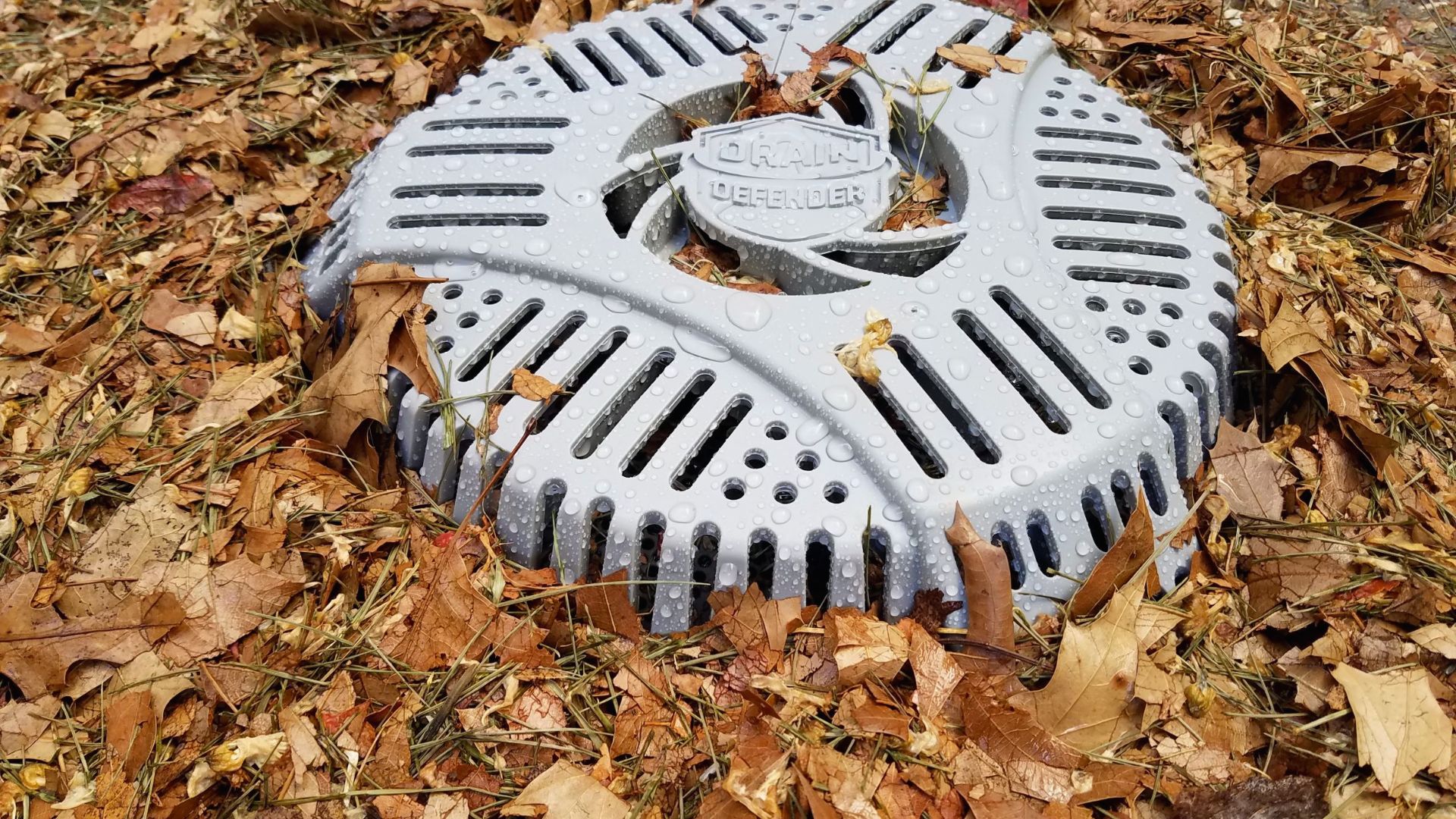
Pests such as insects or rodents gathering near or inside drains is another potential indicator that debris or other obstructions are hindering drainage. Addressing any of these issues promptly helps prevent further drainage problems.
Regular maintenance is vital in preventing clogs and blockages in outdoor drains. Drains should be manually inspected and cleaned at least twice yearly to remove debris build-up.
Keeping nearby landscaping trimmed back helps dissuade leaves and other plant matter from falling or blowing into drains. Gravel traps or wire mesh screens positioned at drain entrances will capture much of the debris transported by water runoff before it reaches the main pipe.
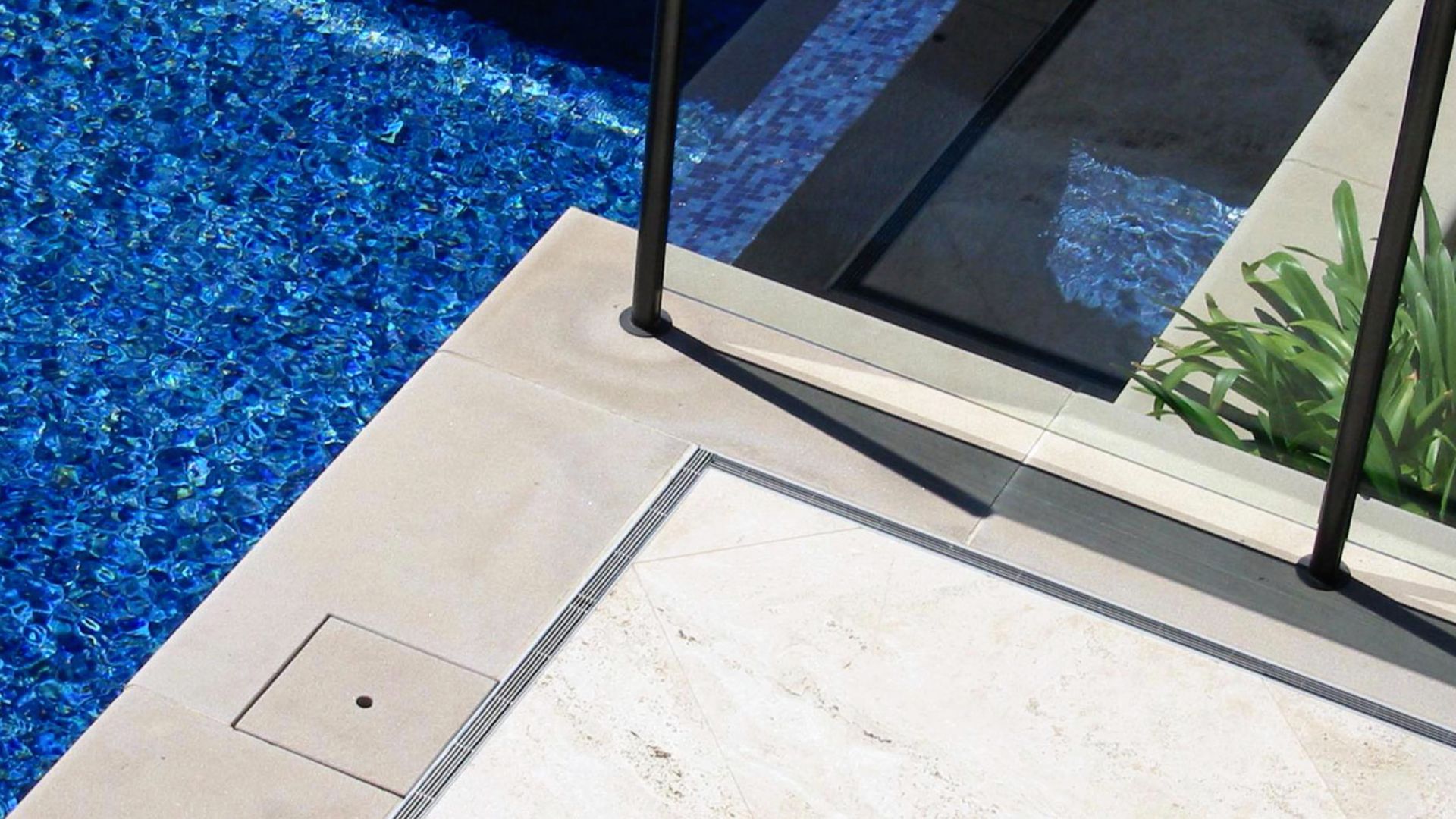
Downspout extenders can route roof runoff at least six feet away from foundations to avoid drain overload during heavy rains. Care should also be taken to prevent dumping or wiping yard waste down storm drains, which can overwhelm the system and lead to backups over time.
An essential tool kit containing a plunger, drain snake, and bucket will allow most blockages to be cleared routinely. Starting in spring and continuing through fall, drains should be manually inspected by removing grates and looking inside for built-up debris.
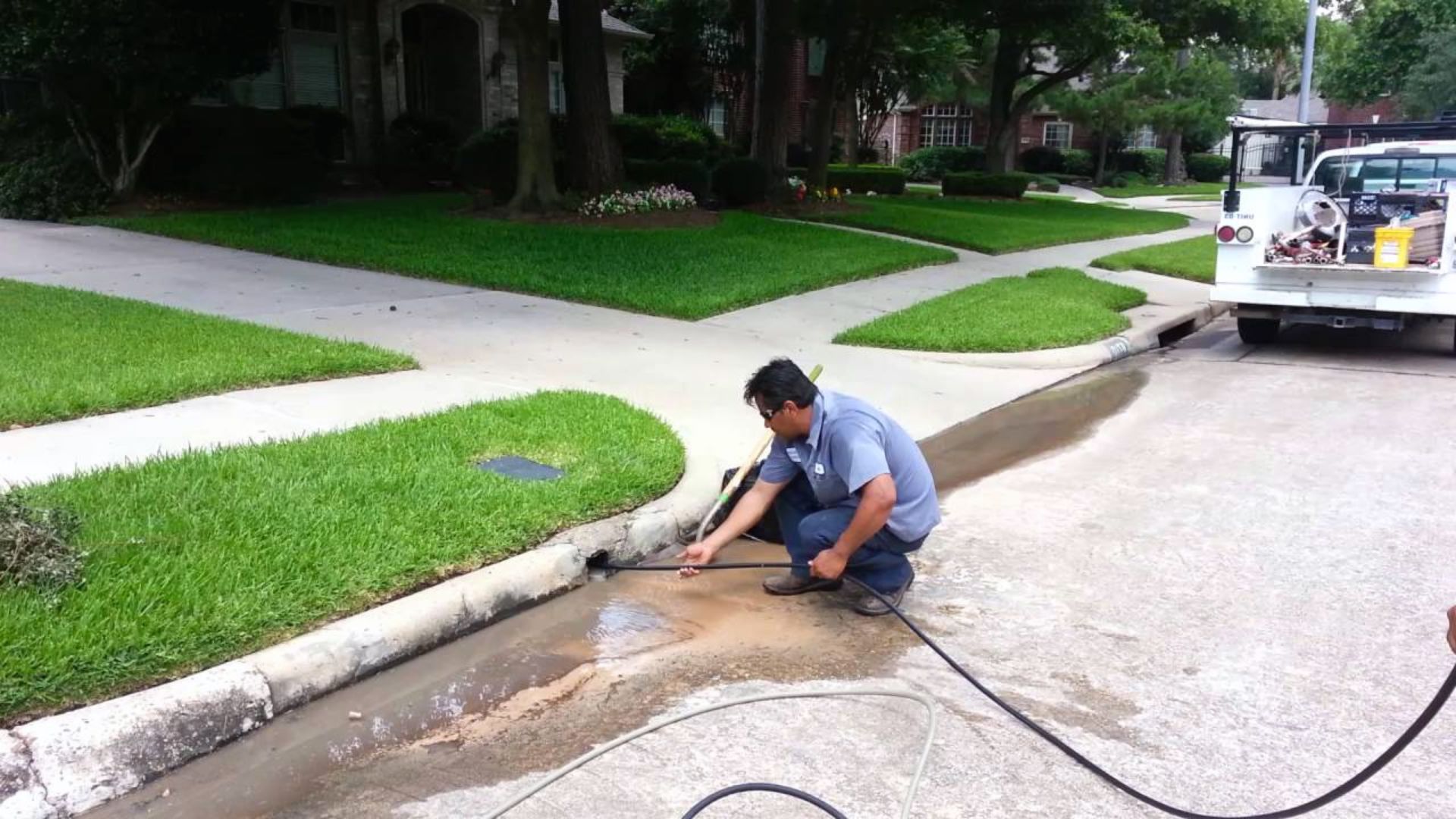
A garden trowel can remove leaf debris around and in the drain. For minor clogs, a plunger may be all that is needed to push obstructions downstream. More severe blockages may require a drain snake to break up and extract blockages further in the line.
Flush all cleaned drain lines with a bucket of water to fully clear any remaining debris and dislodge potential build-up further down the pipe.
Plungers are effective at breaking up minor clogs near a drain entrance. Insert the plunger tightly over the drain opening and pump rapidly to force water and debris downstream. Drain snakes extended into the pipe can break apart and further extract build-up.
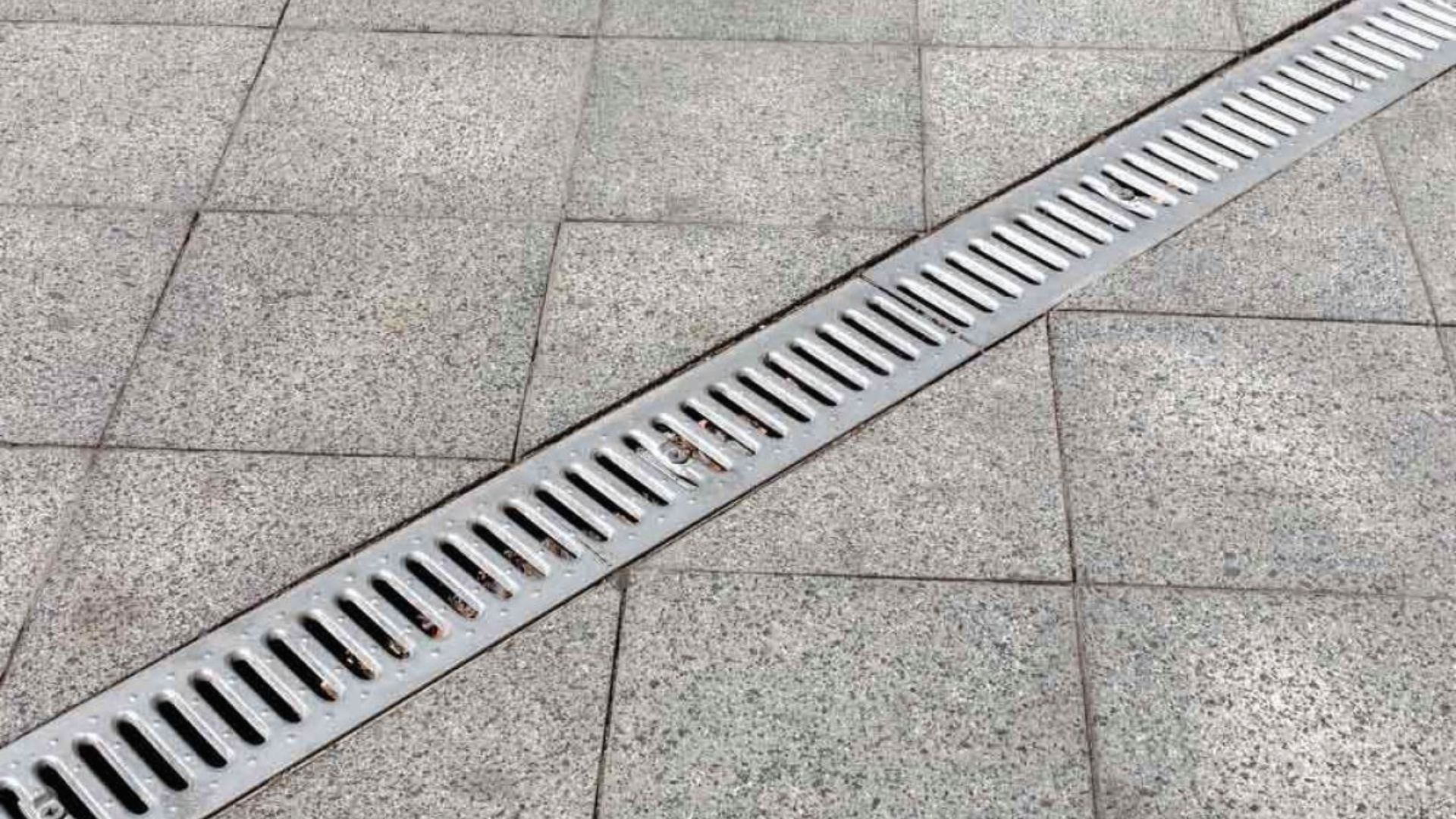
Leaf blowers applied in reverse near inlets may dislodge loose debris. Chemical drain cleaners like baking soda and vinegar can dissolve grease blockages if given time to work. Severe clogs may require removing the drain cover to access the clog directly using a garden trowel or coat hanger to extract debris.
As a last resort, renting an electric drain auger allows access to clear blockages deep in long horizontal runs of drainpipe. Flush with water afterwards to ensure drainage is fully restored.
Placing sand or gravel at drain inlets retains debris and prevents larger particles from entering pipes. Refining the soil grade around drain slopes runoff directly into inlets. Diatomaceous earth sprinkled generously absorbs moisture and forms a waxy coating that repels soil but allows water to flow through.
Ventilating drain pipes with high and low point openings discourages pests and moisture build-up. Copper strips laid in drains are an odourless, environmentally friendly way to deter insect activity that can obstruct flow.

Sprinkling baking soda down drains forms a mild abrasive that scours pipes clean without harsh fumes. Routine flushing with vinegar balances pH and inhibits residue accumulation over the long run. Minor preventative actions go a long way toward keeping outdoor drainage systems running smoothly.
Severe clogs deep within long runs of underground pipes are difficult to access and may require specialised equipment only available to plumbers. Persistent blockages recurring after multiple DIY attempts signal an underlying problem best addressed by an expert.
Tree root intrusion into ageing drain lines often requires a plumber to cut or remove roots. Significant water damage caused by drainage issues warrants professional evaluation and repair. Professionals best maintain intricate drainage systems around complexes with multiple connected pipes.

Drainage concerns during essential events like moving or home sale/purchase are best resolved by licensed help. Ancient drain materials like clay pipes prone to cracking may need replacement soled by plumbers with proper tools and permits.
Taking basic preventative steps and performing regular maintenance is critical to adequately ensuring outdoor drainage systems function. Clearing minor blockages through simple DIY methods when signs of drainage issues first appear can often solve the problem.
For more severe clogs, professional help may be required to investigate the blockage scope and fully make complex repairs. But with diligent care, most drainage blockages around the home can be cleared quickly.
Homeowners who routinely inspect and clear debris from drains will avoid major drainage failures and save money in the long run. Proper drain maintenance ensures storm and surface water have no obstacles and flow safely away from homes.